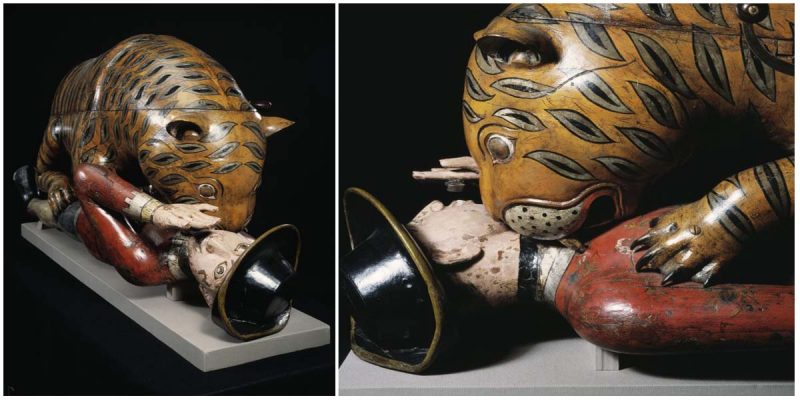Tipu sultan, the ruler of the Kingdom of Mysore in India, was the owner of the first 18th-century automation or mechanical toy.
The carved and painted wood casing represents a tiger which savages a life-size European man.
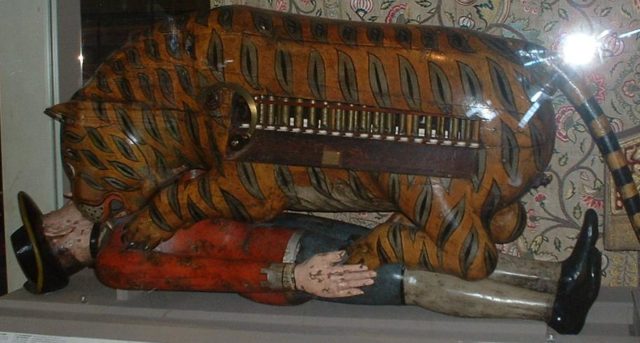
When activated, the mechanism makes one arm of the man move, combined with the wailing sound of the man and the terrifying sounds from the tiger.
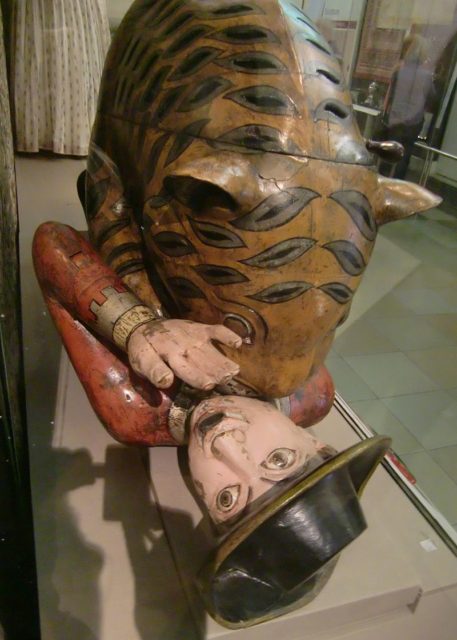
But the other surprise in this toy, as addition to the side of the tiger’s flap folded down, is the keyboard of a small pipe organ with up to 18 notes.
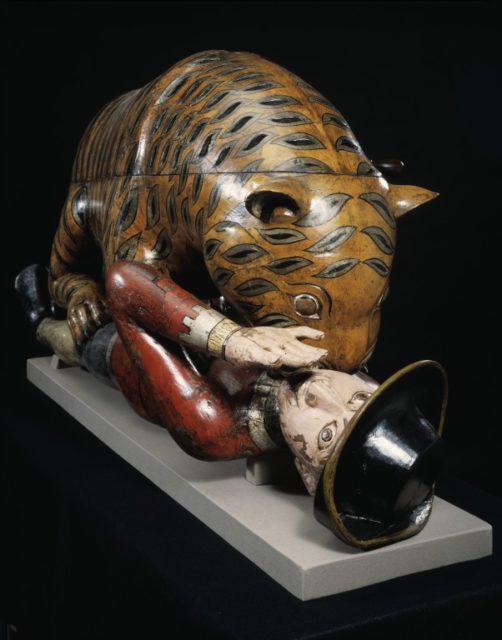
The toy was discovered when the troops of the East India Company got inside Tipu’s capital in 1799.
They found this toy in his summer palace.
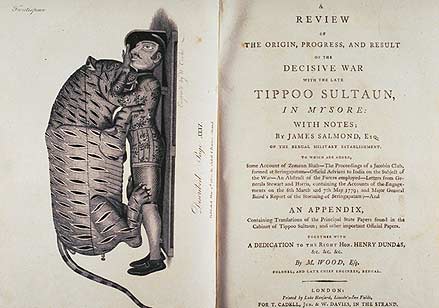
Lord Mornington immediately sent the tiger toy to Britain for an exhibition in the Tower of London.
In 1808, in East India House, the toy was displayed for the public.
Later, the toy was moved to the offices of the East India Company, until finally was transferred to the Victoria and Albert Museum.
Today it stands as a permanent exhibit at the “imperial courts of South India.”
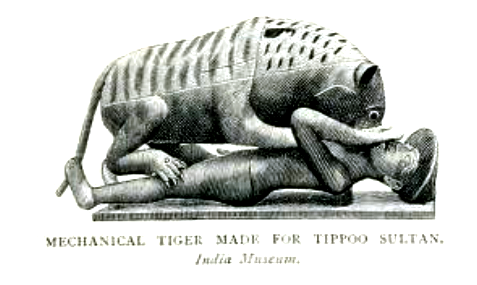
Tipu Sultan loved tigers and used the image of these animals as a motif for his emblem and weapons.
His throne was placed on a life-size golden, wooden tiger.
The tiger dimensions are 71.2 centimeters high and 172 centimeters long, with 2.54cm thick wood.
The numerous openings at the head end of the tiger produce a better sound from the pipes within.
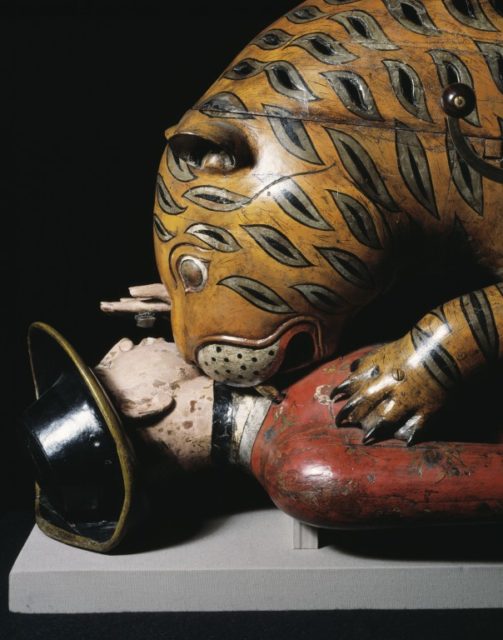
To inspect the mechanics, one can lift off the top part of the tiger’s body and additionally remove four screws.
Inside the man’s throat, there are a set of bellows that produce a wailing sound.
There is also a pipe in the tiger’s mouth which produces the two tones translated in the grunting sound made by the tiger.
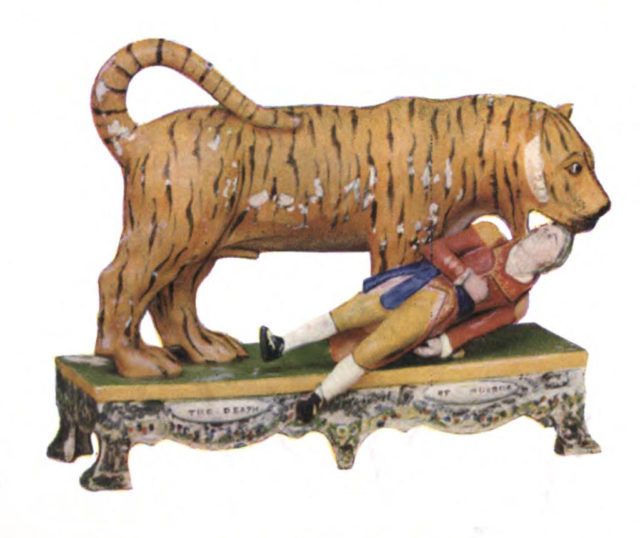
After an extensive analysis, it had been concluded that the tiger is locally manufactured.
However, the presence of the many French artisans and engineers might lead someone to believe that the mechanism is of French manufacture.
